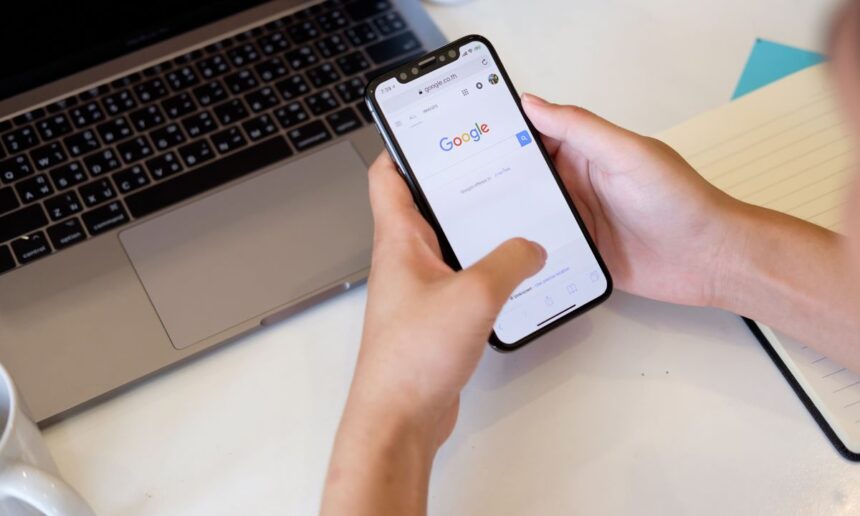Google is quietly taking a major leap into the world of mobile-powered desktop computing. Inspired by Samsung’s DeX platform, which allows Galaxy phones and tablets to transform into a desktop experience when connected to an external display, Google is now developing a native desktop mode for Android devices.
What Is Google’s Desktop Mode for Android?
With the release of Android 16 beta, Google has merged two recent innovations—DisplayPort screen mirroring (introduced in Android 14 QPR3 for Pixel 8 and up) and desktop windowing (available on the Pixel Tablet via Android 15 QPR1 developer preview). The result? A functional desktop UI when an Android phone is connected to an external display.
How It Works: Features and Interface
When enabled, Google’s desktop mode mirrors your phone display and offers a taskbar with pinned and recent apps, a 3-button navigation system, and launcher access. It replicates much of what you’d find on Android tablets or foldables:
- Multi-window support – Resize, drag, and position app windows freely
- Dual-column Quick Settings and notifications – Just like large-screen Android UIs
- Status bar and system tray-like top bar – With time, battery, and connectivity info
- Keyboard and trackpad support – Enhances usability for productivity
Importantly, you can continue using your phone normally while in desktop mode, maintaining full multi-screen functionality.
Why This Matters: Google’s Bigger Vision
While Google hasn’t confirmed a release date for desktop mode, its development raises important questions. What’s the broader goal? Is Google quietly pushing Android toward becoming a full-fledged desktop OS?
The timing aligns with ongoing internal work to make ChromeOS and Android more integrated, blurring lines between mobile and desktop platforms. It could pave the way for future devices—convertibles or laptops powered by Android—offering a unified ecosystem experience.
Is This for Pixel Users, or for Samsung?
Some speculate this move could be aimed at enhancing Samsung’s DeX platform, giving OEMs a more powerful, natively supported desktop UI layer. Since Samsung already leads in this area, Google’s support might help standardize the experience across Android phones, boosting productivity for enterprise and tech-savvy users.
The Future of Phone-as-PC?
If the idea of using your phone as your main computing hub sounds familiar, it’s because the “phone-powered laptop” dream has been attempted before. To truly make it work, Google or a hardware partner may need to launch a dedicated “laptop shell”—a device with a screen, battery, trackpad, and ports, but no internal processor—powered entirely by your smartphone.
And for true convenience, that connection must become seamless and wireless, allowing users to dock their phones and instantly switch to desktop mode on nearby displays.
Key Takeaways:
- Google’s Android 16 beta reveals a DeX-style desktop mode for Pixel devices
- Users can run multiple resizable apps on an external display with taskbar and trackpad support
- This feature hints at Google’s larger ambition for Android-based desktop computing
- Potential future hardware could include laptop shells powered by smartphones
- The feature may also benefit Samsung’s ecosystem, standardizing mobile-desktop UI integration





